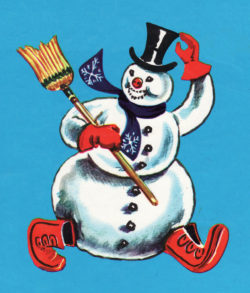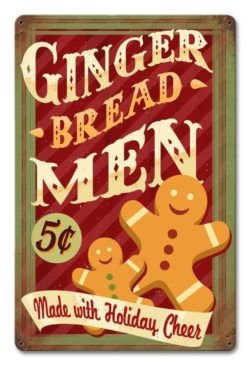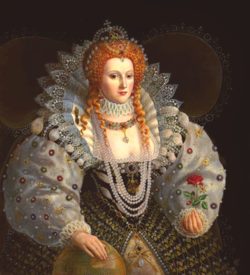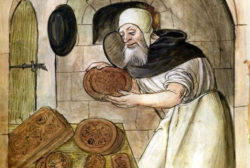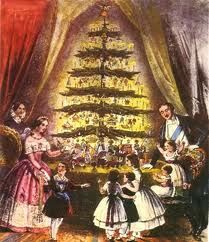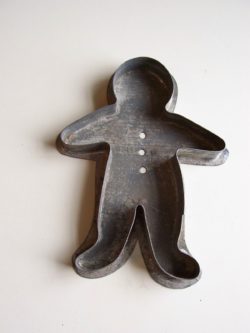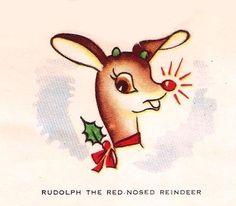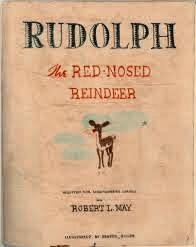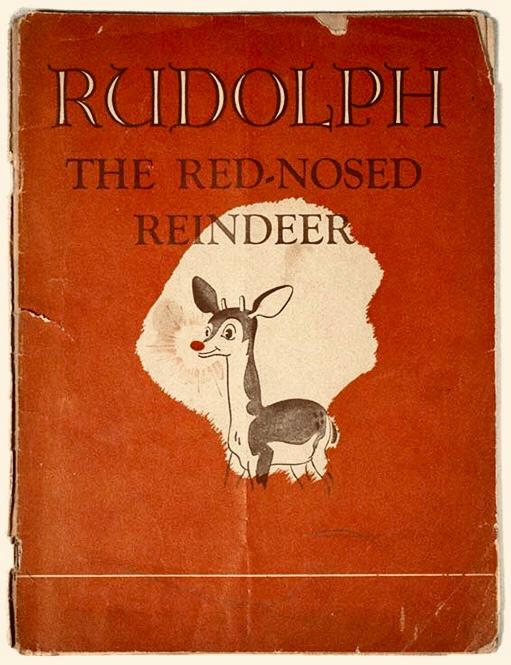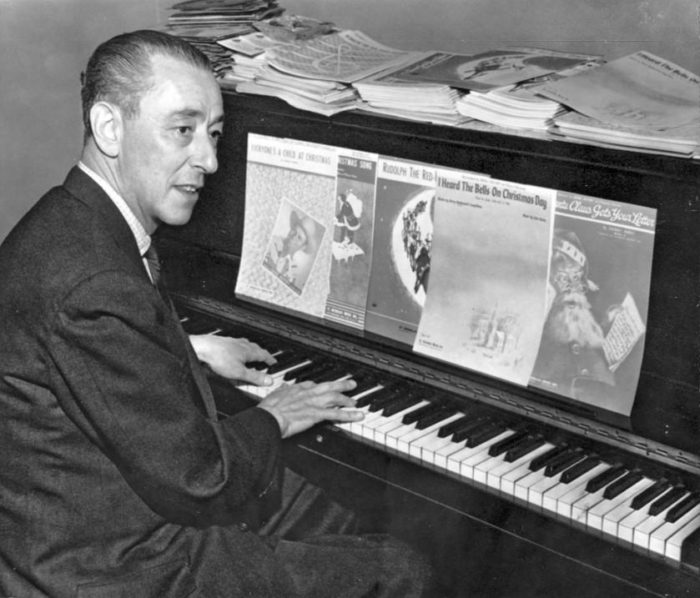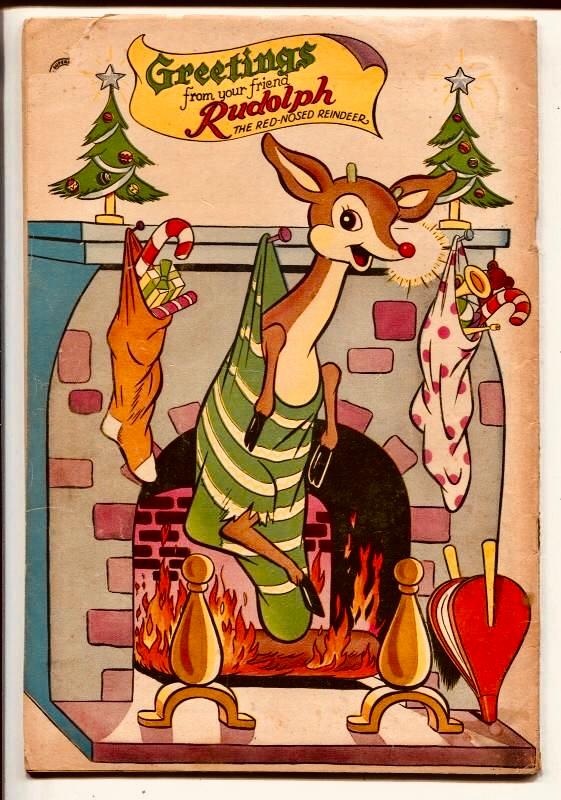Frosty the Snowman is a lucky guy! Why, you say? Well, Frosty is in the middle of celebrating TWO birthdays! That’s right…TWO! How is that possible? Let us tell you all about it.
We recently celebrated the 50th anniversary of the first airing of the Rankin/Bass Productions TV cartoon special Frosty the Snowman. It has been shown for 50 consecutive years since December 7, 1969. But, Frosty began his life much earlier. In 1950, two songwriters wanted to produce something that would compete with the popularity of “Rudolph the Red-Nosed Reindeer.” Walter E. “Jack” Rollins and Steve Nelson came up with the idea of Frosty, but not as a Christmas song. They gave it to Gene Autry, who had been looking for a follow-up to “Rudolph,” to record, and it became an instant hit. Jimmy Durante, Nat King Cole, and Guy Lombardo also had hits with Frosty that placed on the record charts that same year!






Just like Rudolph, Frosty merchandise was produced to help market the song and the character.
The merchandising was taken up by Sears and similar items that had appeared for Rudolph were marketed for Frosty…books, records, pins, a few toys, some clothing, and the ever-popular snow globes. Comic books, coloring books, and puzzles soon followed. However, Sears did not follow through with the merchandising like Robert May and Montgomery Ward did for Rudolph.



Miller Electric was granted the rights to the early Frosty and designed several color variations in hard plastic with a light. Also in the early 1950’s, UPA Studios produced a black and white 3 minute long short of Frosty the Snowman with the original song. It is readily available on YouTube and is televised each Christmas on WGN TV in Chicago.


Arthur Rankin, Jr. and Jules Bass (Rankin/Bass Productions, Inc.) acquired the rights to “Frosty.” Their animators redesigned Frosty’s appearance, as they had done earlier with Rudolph. They hired Romeo Muller again to write a backstory for Frosty as he had done with Rudolph. Muller had previously been a writer for Jack Envy and Milton Berle. He added the characters to the story of Frosty. He continued to work with Rankin and Bass and did other films including Santa Claus Is Comin’ to Town (1970), The Little Drummer Boy (1968), and Here Comes Peter Cottontail (1971).



Rankin and Bass wanted this Christmas special to look like a greeting card. In order to get just the right look, they had greeting card artist, Paul Coker, Jr., who also worked for Mad Magazine, do the background and all of the character initial drawings. Then, those drawings were used to do the animation the old fashioned way, with the creation of cells.


Jimmy Durante was chosen to sing the song and he became the narrator of the story, with his own character. Jackie Vernon, a stand-up comedian, became the voice of Frosty. June Foray was the original voice of Karen during the special’s first few airings; however, her voice was eventually replaced. Foray was also the voice of Cindy Lou Who in How The Grinch Stole Christmas and probably most famous for being the voice of Rocky the Flying Squirrel. Billy De Wolfe, after many years appearing on various TV programs, his voice will ever be known as Professor Hinkle. Paul Frees, the voice of the traffic cop, the railroad ticket agent, and Santa Claus, worked with many studios doing voices for cartoons and movies alike. He is most notably remembered as Boris Badenov on the Rocky and Bullwinkle Show.










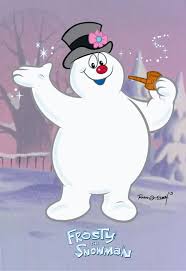
TV Guide rated Frosty as number 4 on the most family friendly Christmas Special list. The original version of the song, “Frosty the Snowman,” ended with the line, “I’ll be back again some day.” For the TV version, Jimmy Durante re-recorded the song with the last line of the song being, “I’ll be back on Christmas Day,” making it an “official” Christmas song! That’s what we remember now, Frosty returning at Christmas.
While we celebrated the Rankin/Bass Frosty on his 50th birthday on December 7, 2019, we are now celebrating Frosty’s 70th birthday this year. See, we told you he was a lucky guy and gets to celebrate 2 special birthdays! No matter how old Frosty is, we all look forward to his showing up during the winter and Christmas seasons. Everyone knows that there is always magic in Christmas snow! Right, Frosty?

